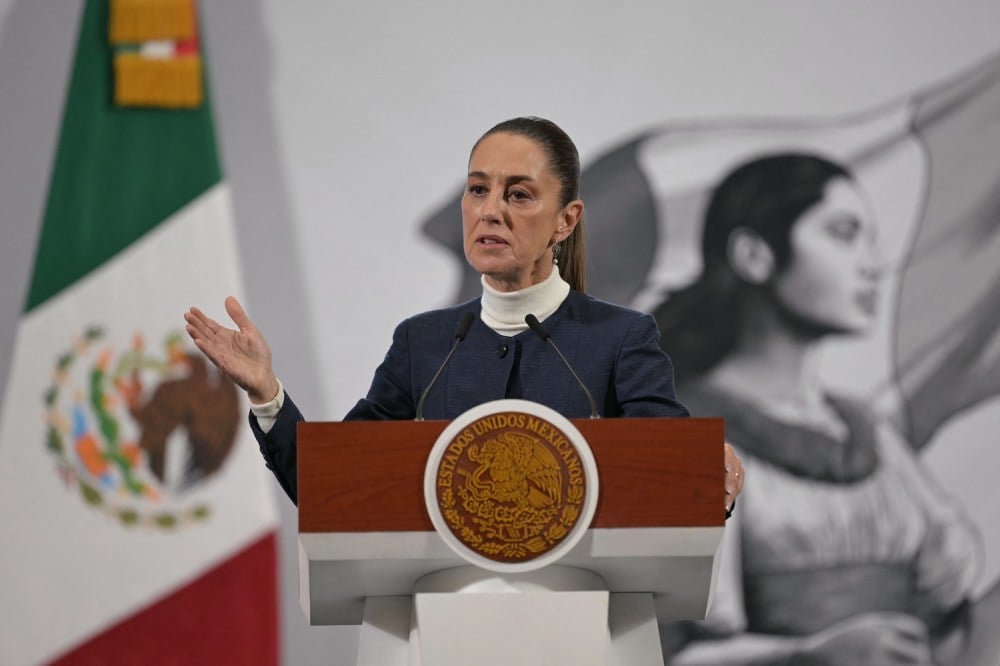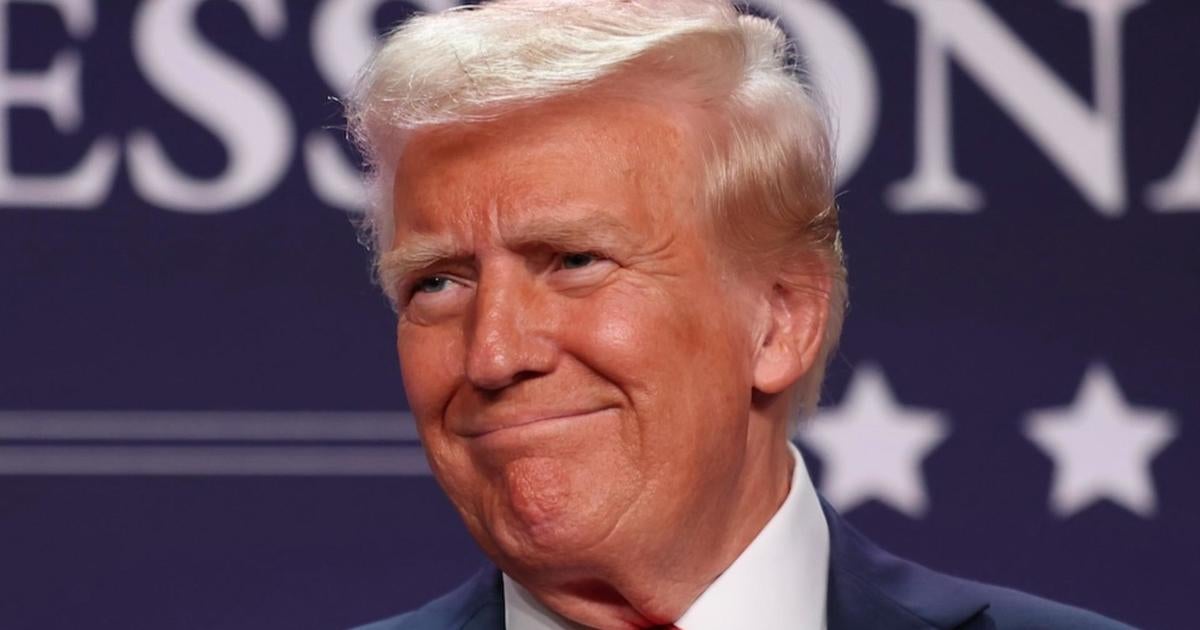The Intricate Dance of Tariffs: Understanding Trump’s Economic Strategy
As the global economy continues to evolve, the role of tariffs in shaping international trade has become increasingly critical. The intricate dance of tariffs, particularly under the Trump administration, has significantly impacted various industries and consumer behaviors. This article explores the implications and motivations behind Trump’s tariff policies, shedding light on their broader economic consequences.
The Foundation of Trump’s Tariff Policies
President Donald Trump’s approach to tariffs was rooted in a desire to protect American jobs and industries. Upon taking office in 2017, he identified trade imbalances as a significant threat to the U.S. economy. His administration argued that many countries, particularly China, were engaging in unfair trade practices, leading to the loss of American manufacturing jobs. Consequently, Trump’s economic strategy involved the implementation of tariffs as a mechanism to rectify these imbalances.
- Protectionism: One of the hallmarks of Trump’s tariffs was their protectionist nature. By imposing tariffs on imported goods, the administration aimed to make foreign products more expensive, thereby encouraging consumers to buy American-made products.
- Trade Deficits: The administration frequently cited the U.S. trade deficit with several countries, most notably China, as a justification for tariffs. In 2018, the U.S. imposed tariffs on $250 billion worth of Chinese goods to counteract what they deemed unfair trading practices.
The Economic Rationale Behind Tariffs
Understanding the economic rationale behind Trump’s tariffs requires delving into the principles of international trade theory. Tariffs, essentially taxes on imported goods, can influence domestic and international markets in several ways:
- Supply and Demand: By raising the cost of imports, tariffs can reduce demand for foreign products, potentially shifting consumer preferences towards domestically produced goods.
- Revenue Generation: Tariffs also serve as a source of revenue for the government. The funds collected can be utilized for various domestic programs or to offset budget deficits.
- Retaliation and Negotiation: Tariffs can act as a bargaining chip in trade negotiations. By imposing tariffs, the U.S. aimed to pressure other countries into changing their trade practices.
The Impact on Industries and Consumers
The implementation of Trump’s tariff policies had far-reaching consequences across various sectors of the economy. While the intention was to bolster American manufacturing, the reality was more complex.
Beneficiaries of Tariffs
Some industries experienced short-term benefits from the tariffs:
- Steel and Aluminum: The tariffs imposed on steel and aluminum imports aimed to protect these domestic industries, which had been struggling against cheaper foreign competition. As a result, U.S. steel prices rose, leading to increased revenues for domestic producers.
- Manufacturing: Certain manufacturing sectors that relied on steel and aluminum reported increased orders due to the reduced competition from imports.
Adverse Effects on Consumers
However, the broader implications of the tariffs were less favorable for consumers:
- Higher Prices: The tariffs often resulted in increased prices for consumer goods. Products that relied on imported materials or components became more expensive, leading to a higher cost of living for many Americans.
- Job Losses in Other Sectors: While some industries benefited, others faced job losses. Retailers, particularly those that imported goods, struggled to maintain profit margins in the face of rising costs.
The Global Response to U.S. Tariffs
Trump’s tariff policies did not go unnoticed on the global stage. Countries affected by these tariffs implemented their own measures in response:
- Retaliatory Tariffs: Countries such as China, Canada, and the European Union retaliated with their own tariffs on American goods, impacting U.S. exports. This tit-for-tat approach escalated tensions in global trade relations.
- Redirection of Trade: Some countries sought new trade partners to mitigate the impacts of U.S. tariffs. For instance, countries affected by U.S. tariffs began to strengthen trade ties with each other, leading to shifts in global supply chains.
Long-term Implications of Trump’s Tariff Strategy
While Trump’s tariffs aimed to reshape the economic landscape, their long-term implications remain a subject of debate among economists and policymakers:
- Reevaluation of Trade Agreements: The tariffs prompted a reevaluation of existing trade agreements, leading to negotiations such as the United States-Mexico-Canada Agreement (USMCA). The hope was to create fairer trade conditions for American workers.
- Increased Domestic Production: Some proponents argue that the tariffs could lead to a resurgence in domestic manufacturing. By protecting American industries, there is potential for job creation and economic growth.
- Economic Uncertainty: On the flip side, ongoing trade tensions can create uncertainty in the markets. Businesses may hesitate to invest or expand due to concerns about future tariffs and trade policies.
A Path Forward: Balancing Protectionism and Free Trade
As the U.S. navigates the complex landscape of global trade, finding a balance between protectionism and free trade is essential. Policymakers face the challenge of ensuring that tariffs do not inadvertently harm the very industries they seek to protect.
Moving forward, it will be crucial to:
- Engage in Constructive Dialogue: Open channels of communication with trade partners can facilitate negotiations that lead to mutually beneficial agreements.
- Focus on Innovation: Investing in innovation and technology can enhance the competitiveness of American industries without relying solely on tariffs.
- Monitor Economic Impact: Continuous assessment of tariff impacts on various sectors can inform future trade policy decisions and adjustments.
Conclusion
The intricate dance of tariffs, as exemplified by Trump’s economic strategy, highlights the complexities of modern trade relationships. While the intention behind these policies was to protect American jobs and industries, the consequences have been multifaceted, affecting both industries and consumers. As the U.S. moves forward, a nuanced approach that balances protectionism with the benefits of free trade will be vital for sustaining economic growth and global cooperation.
See more CCTV News Daily



